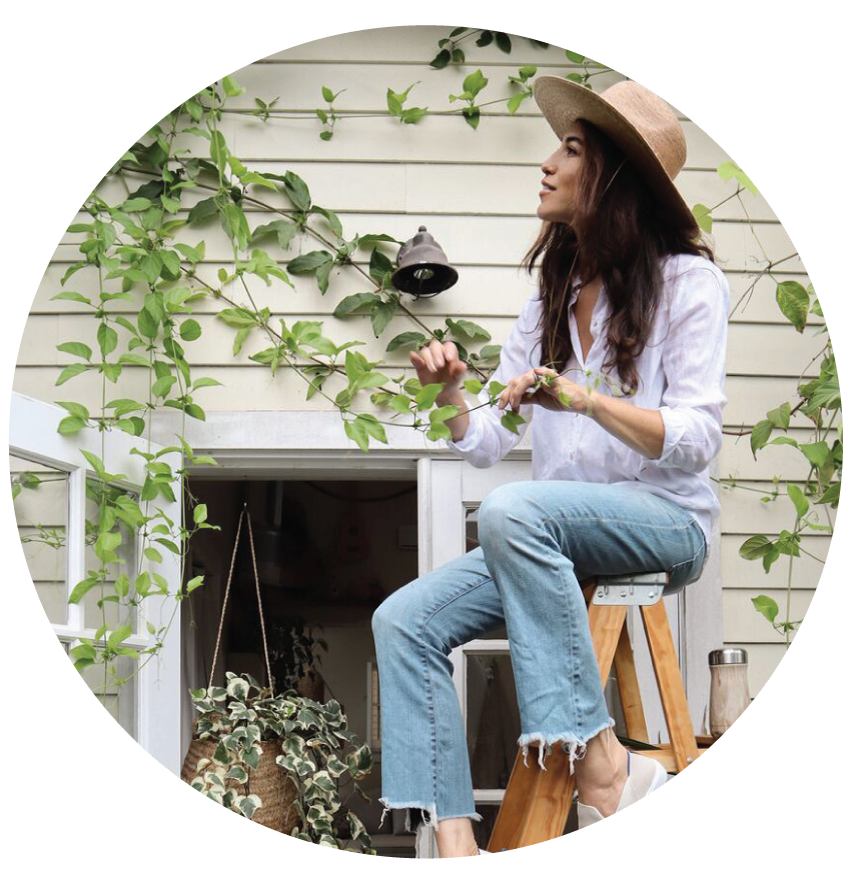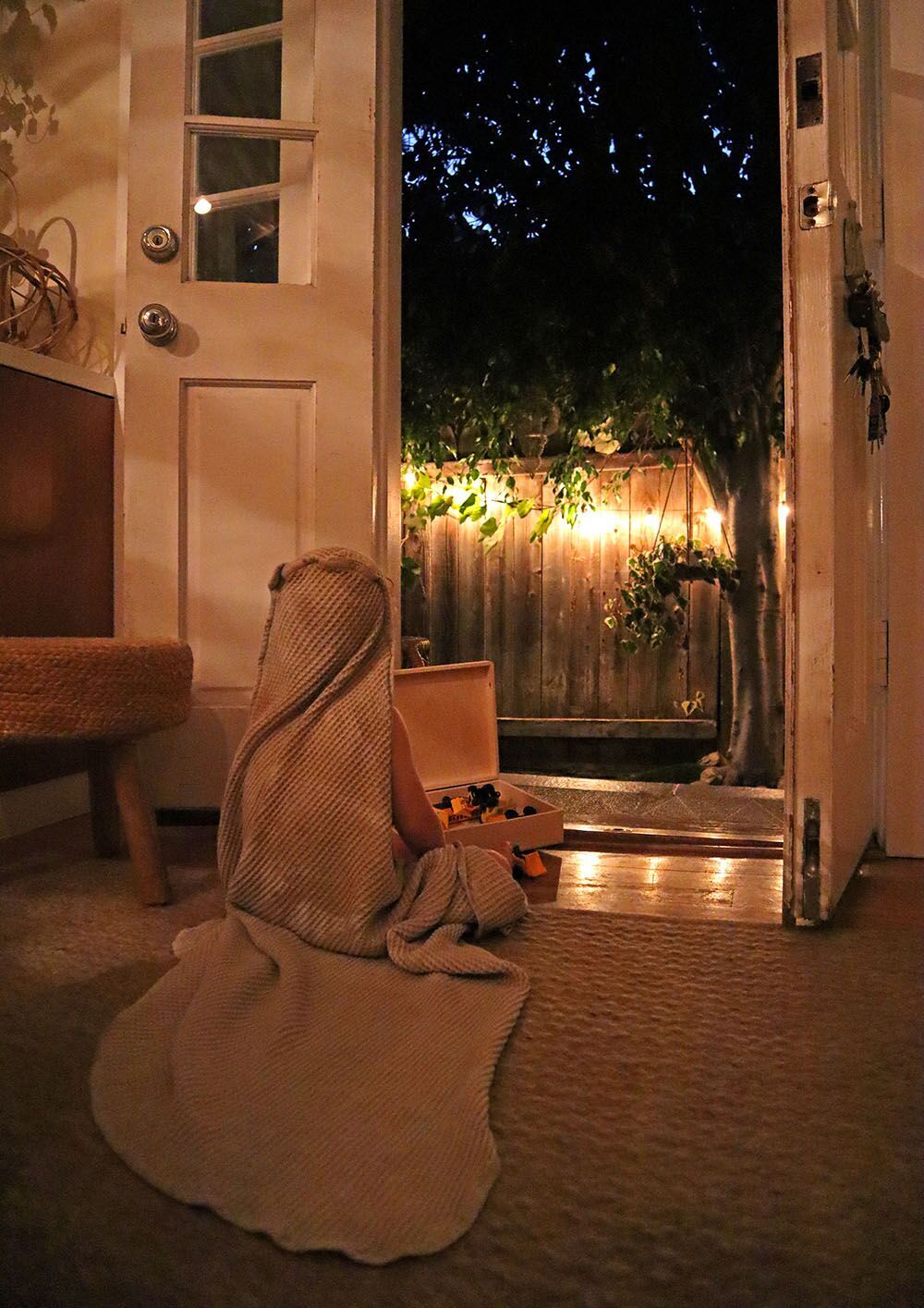Tiny Living & Better Money Habits
This blog post was sponsored by Bank of America. As always, the images and words are my own. Any photographs of my son and/or the pups were taken as they interacted happily in their own natural ways.
It’s clear that I love living “tiny.” It reduces my family’s footprint on this planet by requiring fewer resource and belongings, it frees up time, it encourages me to remain undistracted from the topics that I believe matter most, and it saves money in a myriad of ways.
However, like all folks, we still have numerous financial issues to consider daily. We are a single-income household. We live in a costly city, and in an even more expensive neighborhood, specifically. I run my own small business, and it requires a great deal of money to start, own and operate a company in California. (And, as we all know, some seasons of life require more spending than others.)
Living tiny helps balance out and accommodate all of these other pricey realities. Whether you’re looking to rent or buy, there’s a seemingly endless list to consider when choosing the area in which to live, and how to much to invest in your home or apartment.
For example, we knew we wouldn’t need a garage if we shared one compact car and relied on biking as our primary mode of transport, which we do— even with the pups and our son.
Similarly, we opted to forgo moving into a home with a second bedroom when we became pregnant with our son, because we were— and still are— genuinely happy with the idea of co-sleeping/bed-sharing. (Instead, we put that chunk of money away as a starter fund for our son’s education.)
Such considerations require careful thought and attention. I’ve used Bank of America for business and personal purposes for years, and they offer an enormous number of tips and resources for prospective homeowners and renters through their #BetterMoneyHabits portal on their website and app.
I use the Goals Tool and the Spending and Budgeting Tool, both of which are highly useful, straightforward, and visually-appealing.
When I use these tools, it enables me to better understand when I can responsibly approach improvement projects around the Cottage. The Goals Tool is my go-to. It allows me to easily map out the projects and life-stages for which I’m saving, and set my own timeline for each topic.
I’m currently monitoring our savings for retirement, education, family experiences, and home renovations, all on varying timelines.
We have two dogs and a toddler, and we live by the beach, so life gets… sandy. Instead of moving to a house with a “muck room,” we decided to budget for an outdoor shower, which we plan to install soon.
Thanks to the SoCal weather and our coastal lifestyle, I feel like this is a worthwhile outdoor update that we’ll be able to appreciate almost year-round.
Next I’ll consider modifying the color of the wood on our built-in bed and two pocket doors. I don’t love the dark tone of the stain, which even appears red in certain lighting. This has been on my mind for over seven years, so I feel like it’s something I should finally tackle. Plus it’ll improve the overall look and feel of our tiny house tremendously.
I’m still debating between sanding and re-staining (which will be difficult due to the beveling on the wood), or simply painting. I’m on the fence. (You’ll probably find me sitting here twiddling my fingers a year from now. I can’t make up my mind.)
Considering an improvement of your own? The Home Ownership resources on Bank of America’s Better Money Habits site offer insight on both home ownership and renting, and determining the true cost and benefits of either option.
Here’s to keeping our homes simple and smart. Check out these tips for before and after you buy.
















